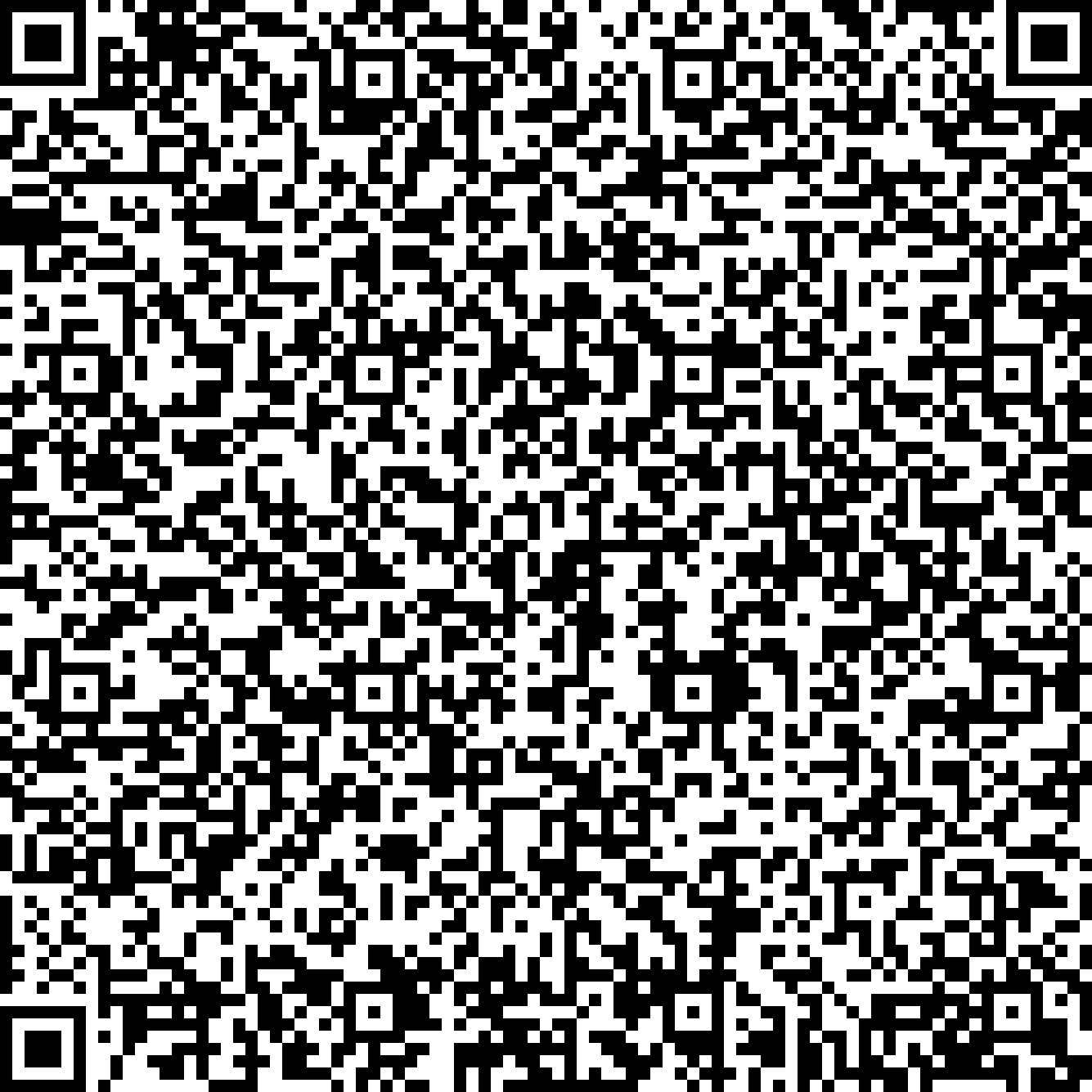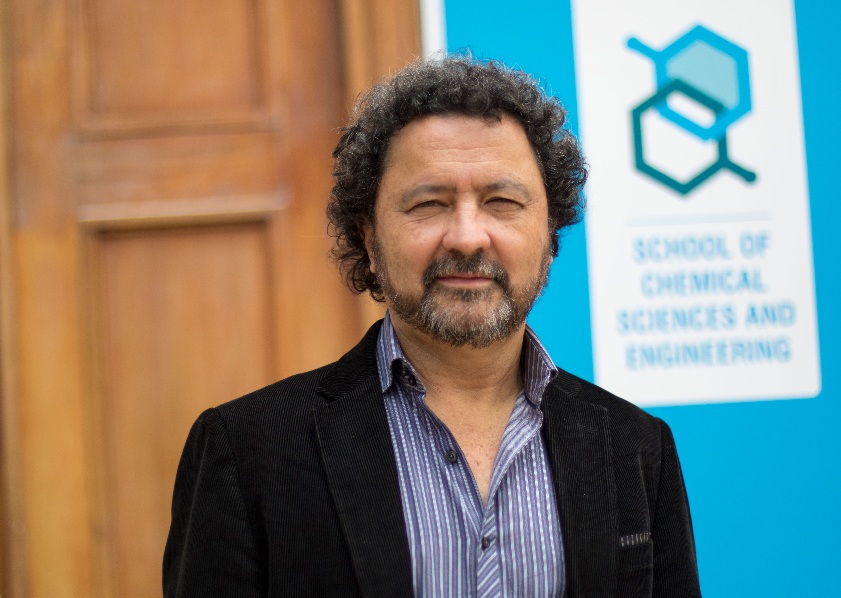


Chiral molecules are ubiquitously used in biological systems for essential electron transfer (ET) reactions. It has been both a theoretical and experimental challenge to understand the importance of chirality and spin-orbit interaction in the high efficiency of long-range ET and in explaining the remarkable fact that many relevant ET reactions in biological systems are almost temperature-independent, a fact impossible to reconcile with the conventional Markus-type theory.
We will discuss our recent work in understanding how the CISS effect, which has received considerable attention in the literature, together with angular momentum conservation rules involved in electron-phonon interaction, can be invoked to understand the unusual distance and temperature dependence of ET reactions in biological systems.



Chiral molecules are ubiquitously used in biological systems for essential electron transfer (ET) reactions. It has been both a theoretical and experimental challenge to understand the importance of chirality and spin-orbit interaction in the high efficiency of long-range ET and in explaining the remarkable fact that many relevant ET reactions in biological systems are almost temperature-independent, a fact impossible to reconcile with the conventional Markus-type theory.
We will discuss our recent work in understanding how the CISS effect, which has received considerable attention in the literature, together with angular momentum conservation rules involved in electron-phonon interaction, can be invoked to understand the unusual distance and temperature dependence of ET reactions in biological systems.